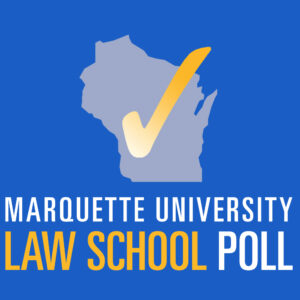State Gun Laws And Public Opinion
 Summary
Summary
Let’s begin with some general context: Nationwide, 66% of those with an opinion favor a Supreme Court ruling that the Second Amendment includes a right to possess a gun outside the home. When it is presented as a matter of state policy choice (law), 62% favor allowing concealed carry of handguns with a permit or license required. So public opinion substantially favors allowing “licensed concealed carry” of handguns.
In contrast, there is substantial majority opposition to laws allowing concealed carry without a licensing requirement. Concealed carry without a license requirement is supported nationwide by 19% and opposed by 81%.
In fact, even in the 25 states with “permitless concealed carry” laws, a minority of 28% of adults favor such laws, while 72% are opposed to them, based on a May 2022 Marquette Law School Poll national survey conducted last month (before the school shooting in Uvalde, Texas). And state surveys, by other polling entities, in Texas and Tennessee (states with permitless concealed carry laws) found 34% and 39% favored these laws, respectively, with 59% opposed in both states.
State gun laws
In the following analysis, state gun laws are grouped into four categories.
- Twenty-five states have adopted laws allowing “permitless” concealed carry, requiring no license or permit to have a concealed weapon. (This includes states that have adopted such a law that will go into effect by Jan. 1, 2023.)
- Ten states have “shall issue” laws, which give no discretion over issuing a license or permit to an applicant meeting the criteria specified by law.
- Seven states have “shall issue” laws, which allow some discretion over issuing a license or permit if the applicant is judged to raise some public safety concerns.
- Eight states and the District of Columbia have “may issue” laws, which give authorities greater latitude in determining when to issue a license or permit.

